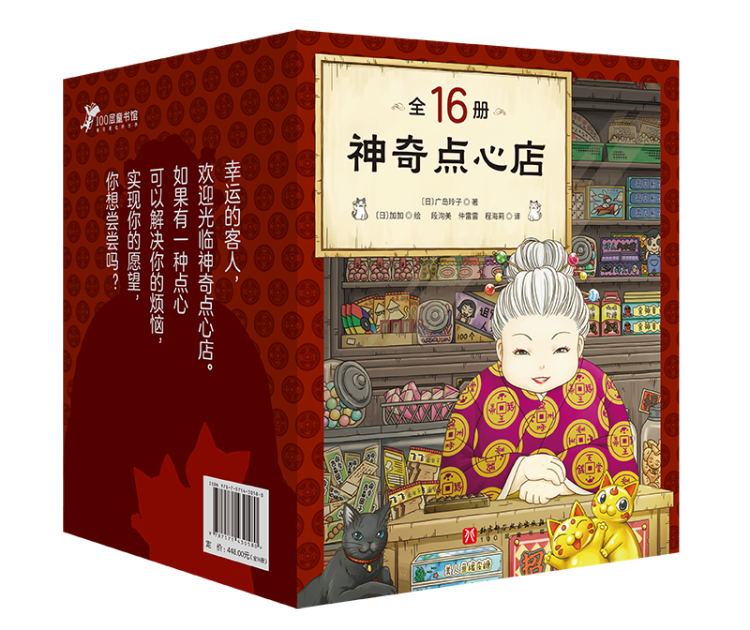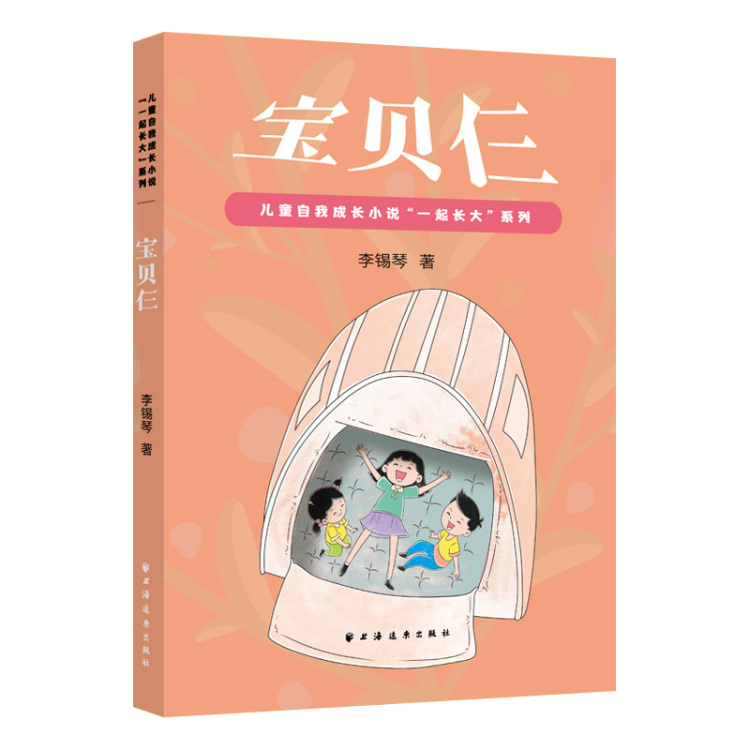KEY POINTS
● Twelve-year-old Taegu lives in an old apartment with his grandmother
and father. Taegu learns life lessons by observing and
experiencing the daily lives of the neighbors.
● The biggest force that motivates Taegu’s observation and reasoning
is his interest and affection for his neighbors.
● The author captures social issues such as broken families‚ women’s
career breaks‚ and the lonely deaths of the elderly‚ based on
a realistic background and vivid characters.
"A 100% Realistic Story with Vivid Characters in an Everyday Background"
This children’s book tells, in omnibus form, the story of what happens in an apartment building in a small town. The setting is an old, fifteen-story corridor-style apartment building in a declining provincial town.
Twelve-year-old Taegu lives there with his grandmother, who concerns herself with the neighbors’ business every day, and his father, who is a big fan of the Hanwha Eagles baseball team. Taegu, who has better observation skills than his peers, is very interested in his neighbors.
He takes the time to see what has happened to his neighbors and to see what changes have occurred. Why has the middle school girl who lives downstairs become so sensitive to sound? Why does it always smell like spoiled soybean paste stew when he passes by apartment 810 where an old man lives alone? Why is Ye-eun’s mother, who lives on the same floor as him, buying so many clothes and cosmetics these days? And so on. Taegu learns his life lessons by observing and experiencing the daily lives of the neighbors who live right next to him.
The biggest force that motivates Taegu’s observation and reasoning is “interest and affection for his neighbors.” And with this power, he looks at the world, his family, his life, and himself and learns from it. Tae-gu grows little by little as he learns that it is possible to mourn the death of someone he never knew, that certain convictions he has may be prejudices, and that worrying about others actually points to his loneliness.
The author captures, in a calm and composed manner, social issues such as broken families, women’s career breaks, and the lonely deaths of the elderly, based on a realistic background and vivid characters that seem to be taken from the people around us. Telling the stories that are not often covered in the news and are ever so easy to ignore, the book conveys that in fact, the events surrounding Taegu are not a distant story, but the story of us and our neighbors.










